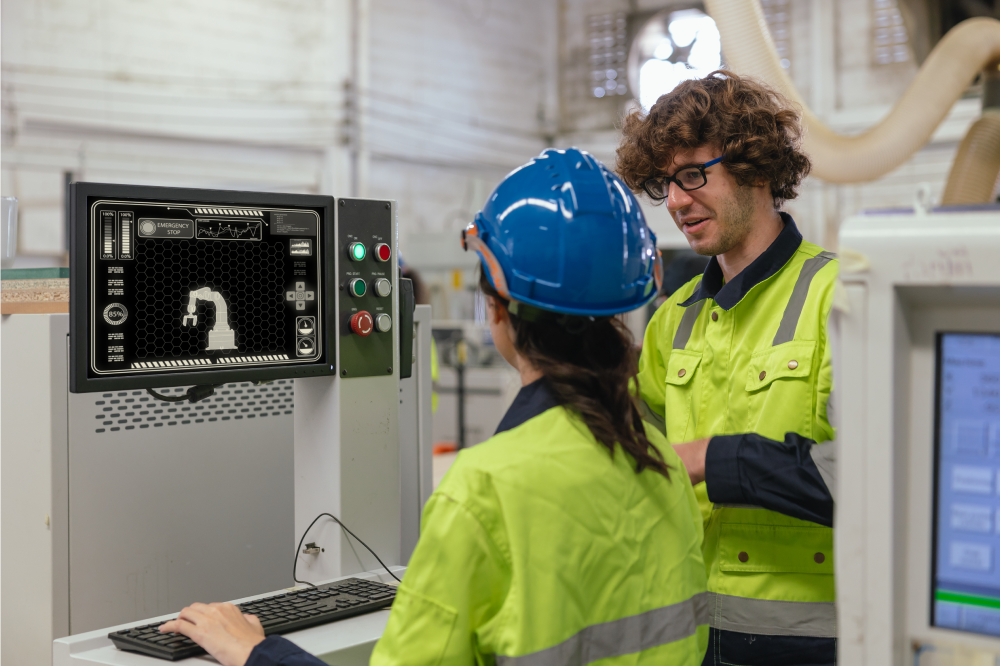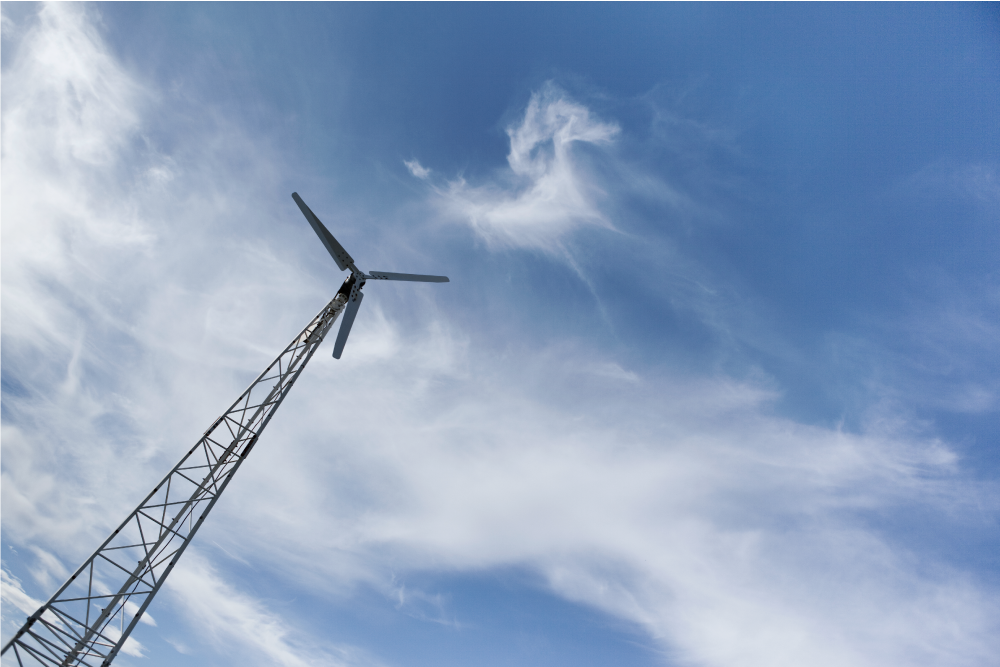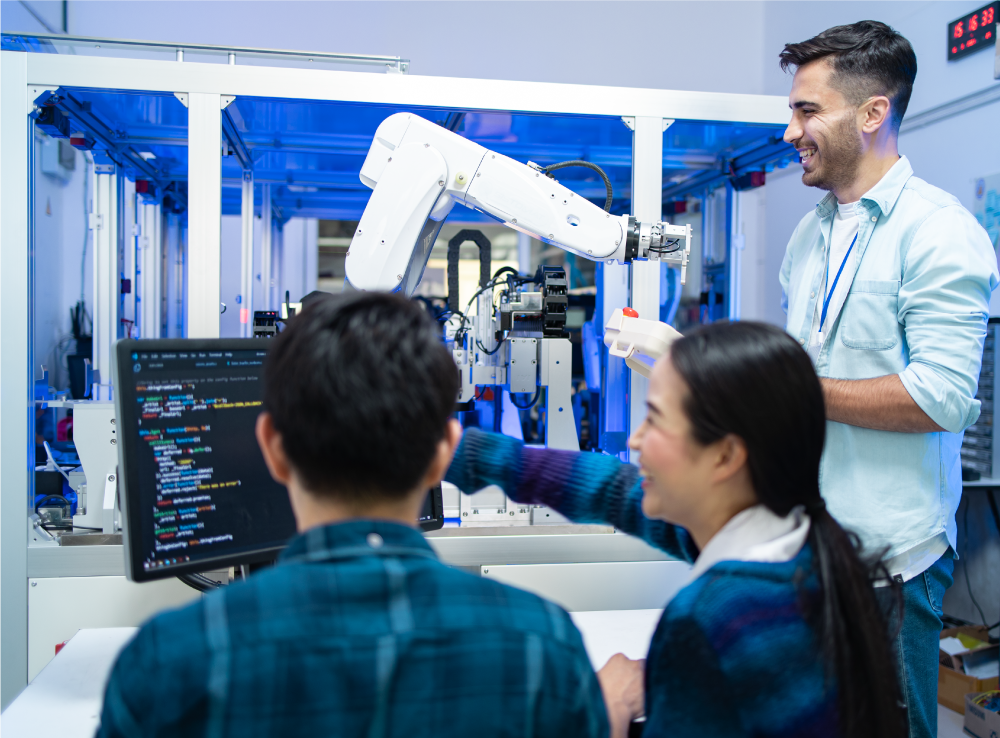Digital twins are a virtual model that represents a physical object, system, or process, and they are revolutionizing industries by enabling executives to gain real-time insights into their operations, predict future outcomes, and make data-driven decisions. By creating virtual models of physical assets, businesses are reducing downtime, optimizing resource allocation, and enhancing customer experiences—key concerns for leaders overseeing commercial, sales, IT, and AI-driven enterprises. Originally developed for aerospace applications, this technology is now being widely adopted across industries including manufacturing, healthcare, energy, and urban planning.
How Digital Twins Work
Digital twins are created using data from sensors, cameras, and other devices that monitor the physical object or system. This data is fed into a digital model, which can simulate various scenarios and provide insights based on real-time performance and predictive analytics.
For instance, in a manufacturing setting, these virtual models monitor the performance of machinery on the factory floor, allowing operators to predict maintenance needs and avoid costly breakdowns. Similarly, in urban planning, this technology helps model traffic patterns and city infrastructure, making cities smarter and more efficient.
Key Benefits of Digital Twins
- Improved Efficiency: These models can optimize processes by identifying inefficiencies and suggesting improvements. In manufacturing, this can reduce downtime and improve product quality.
- Predictive Maintenance: By monitoring equipment in real-time, digital twins can predict when a part will fail, allowing for timely maintenance and avoiding costly production halts.
- Enhanced Decision-Making:Digital twins allow businesses to simulate different scenarios before making decisions. For example, a factory can test various production layouts in a virtual environment before implementing changes on the floor. For executives, digital twins are indispensable tools for strategic planning. By simulating future scenarios—such as market shifts or supply chain disruptions—leaders can make more informed decisions, reduce risks, and gain a competitive edge in rapidly evolving industries.

Digital Twin Applications Across Industries
1. Manufacturing
Manufacturing is one of the pioneering sectors in the adoption of digital twin technology. By creating virtual models of machines, production lines, and even entire factories, manufacturers can simulate production scenarios and optimize operations. Digital twins enable real-time monitoring of equipment performance, helping to identify inefficiencies and minimize downtime through predictive maintenance. For instance, companies like Siemens have leveraged digital twins to emulate global maintenance operations for their gas turbines, resulting in significant reductions in bottlenecks and increased operational efficiency. Beyond day-to-day operations, digital twins are now being applied in product development, allowing engineers to simulate and test new designs before committing to physical prototypes, which reduces costs and speeds up time to market.
Moreover, manufacturers can utilize digital twins for worker training by simulating real-world environments where employees can practice without the risk of damaging equipment. These simulations can enhance safety and operational expertise, ultimately improving both productivity and safety on the shop floor.
2. Healthcare
In healthcare, these models are transforming everything from patient care to facility management. By creating virtual replicas of hospitals, medical equipment, and even patients, healthcare providers can optimize the use of resources, enhance patient outcomes, and streamline operations. Healthcare Trust of America used digital twins to optimize the operation of medical office buildings, ensuring that facilities run efficiently and safely.
Digital twins are also being employed in personalized medicine, where they create a virtual model of a patient’s body or specific organs. This allows doctors to simulate the effects of different treatments or surgeries before performing them in real life, greatly improving treatment planning. Furthermore, healthcare facilities use digital twins to predict equipment failures, avoiding costly downtime for critical machines like MRI scanners and ventilators. The potential for digital twins in healthcare extends to drug development, where pharmaceutical companies can simulate the effects of drugs on virtual patients, reducing the need for extensive human trials and accelerating the path to market.
3. Energy
The energy sector is undergoing a significant transformation thanks to digital twin technology. Energy companies, particularly those in renewable energy, use virtual models to monitor critical infrastructure such as wind turbines, solar farms, and power grids. These virtual models provide real-time data on performance and can predict when maintenance is needed, ensuring continuous energy generation and reducing downtime. In wind farms, for example, digital twins are used to analyze wind patterns and optimize the positioning of turbines, improving energy output.
In addition to renewable energy, digital twins are helping to manage complex systems in smart cities, where they can optimize resource usage, manage traffic flow, and reduce waste. This capability has implications for environmental sustainability as well. For instance, digital twins can simulate different energy consumption scenarios in urban areas, helping planners design more energy-efficient buildings and infrastructure.
As countries aim for energy efficiency and carbon neutrality, digital twins are expected to play a pivotal role in optimizing both traditional and renewable energy systems, from power plant management to energy distribution.

4. Retail
In the retail industry, these virtual simulations are reshaping the way stores operate, manage inventory, and engage with customers. Retailers are creating virtual store environments to simulate customer behavior, optimize product placements, and streamline inventory management. For example, Apex Imaging Services used digital twins to streamline in-store promotions and enhance customer engagement. Virtual stores enable retailers to test different store layouts or promotional campaigns without disrupting actual operations, leading to more informed business decisions.
Moreover, digital twins allow retailers to track customer behavior in real-time, providing insights into how customers move through the store and which products draw the most attention. These insights enable better product positioning and inventory management, leading to increased sales and improved customer experiences.
Digital twins are also being applied in the supply chain, where they can simulate demand fluctuations and optimize the flow of goods from warehouses to stores. This helps reduce delivery times and ensure products are always available when customers need them, enhancing overall efficiency.
5. Oil and Gas
The oil and gas sector has seen a significant boost in operational efficiency through the use of virtual counterparts. By creating virtual models of oil wells, refineries, and other infrastructure, companies can monitor performance in real time and simulate various drilling or refining processes. For example, Transocean built digital twins of its oil wells to assess and improve crew performance and reduce time inefficiencies in drilling processes. This led to substantial time savings and more efficient resource use.
In addition to monitoring performance, digital twins are used in safety and risk management. They allow operators to simulate various disaster scenarios, such as equipment failures or leaks, and develop more effective emergency response strategies. In an industry where even small inefficiencies or safety incidents can result in significant financial losses, digital twins are becoming indispensable tools for maintaining safety and productivity.
6. Logistics
Digital twins are revolutionizing the logistics and supply chain sectors by enabling more accurate forecasting, optimized routing, and efficient inventory management. Accenture reported a 57% increase in order-to-delivery forecasting accuracy by utilizing these digital systems in its logistics operations. Digital twins allow logistics companies to simulate and optimize the entire supply chain, from manufacturing to delivery, which helps minimize delays and reduce costs.
By using real-time data from IoT sensors on trucks, ships, and airplanes, logistics companies can monitor the condition of goods, optimize transport routes, and forecast potential delays. This ensures that products are delivered on time and in optimal condition, leading to better customer satisfaction and reduced operational costs.
Additionally, digital twins enable companies to simulate the impact of external factors such as weather conditions, geopolitical events, or supply chain disruptions. This helps businesses create contingency plans and make data-driven decisions to minimize risks. In the future, digital twins are expected to play an even larger role in the shift toward autonomous logistics, where drones and self-driving vehicles will rely on real-time data and simulations for efficient deliveries.

The Future of Digital Twins
As the adoption of digital twins accelerates, their applications continue to expand. According to ABI Research, by 2025, it’s expected that 500 smart cities around the world will use this technology to enhance urban planning, traffic management, and resource efficiency.
This technology is also being explored for applications in industries such as automotive, aerospace, and even agriculture.
In summary, this technology is changing the way industries operate by creating a bridge between the physical and digital worlds. By using real-time data and simulations, companies can optimize processes, predict maintenance needs, and make better decisions, leading to greater efficiency and reduced costs. Those who adopt this technology early will lead the charge toward smarter cities, more agile enterprises, and a future where the digital and physical worlds operate seamlessly together.

